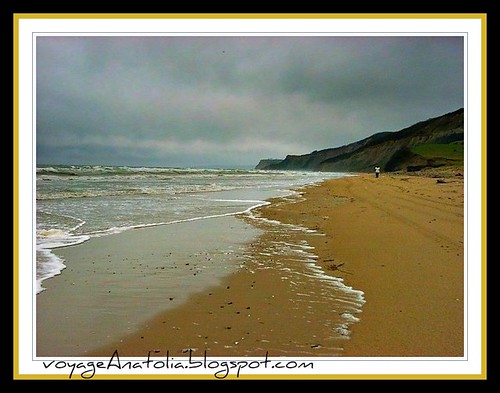
The Black Sea coast is different from the rest of Turkey. For more than 5000 years Sinop, the central point on the coast, has seemed more remote from the rest of the Anatolian land mass than from Greece, Italy, Africa, the Crimea, Istanbul, and Rome. How was Sinop connected to them?
This volume examines the impact of dynamic Black Sea economic and cultural processes on the hinterland of Sinop, an ideal region to examine because it projects far into the sea and is isolated from central Turkey by the Pontic Mountain chain. Innovative approaches to the study of a diverse, heavily forested region will be of interest to archaeologists attempting systematic surveys in such challenging environments. Historians will appreciate the weaving together of rich local and regional narratives and the insights the volume provides into the long-term history of the Black Sea. The integration of the emerging field of Ottoman landscape studies with that of historical processes provides an invaluable example for all interested in how patterns established in the distant past can structure recent and even contemporary cultural and economic life.